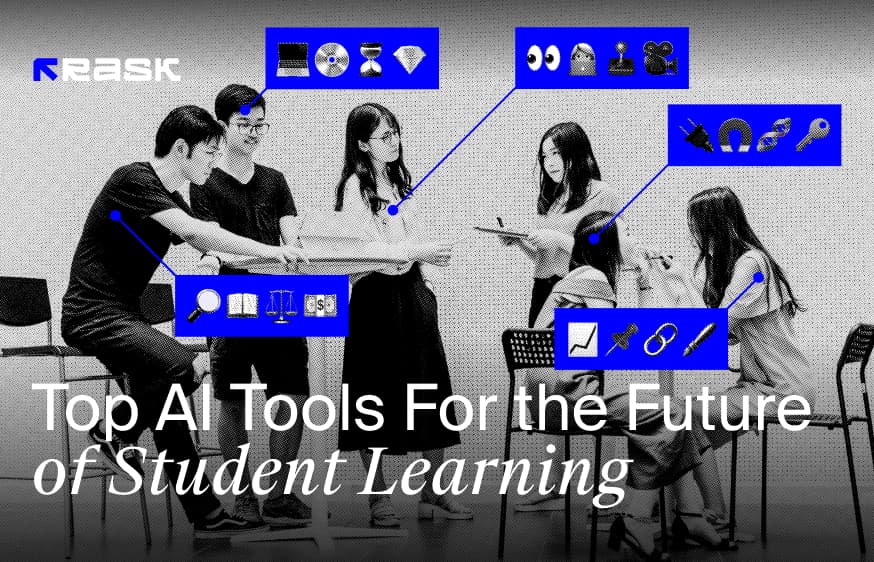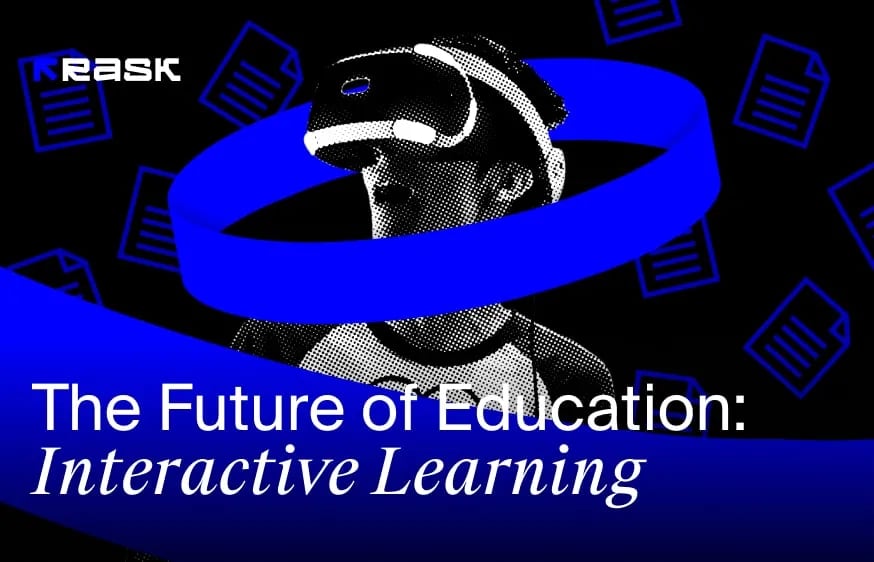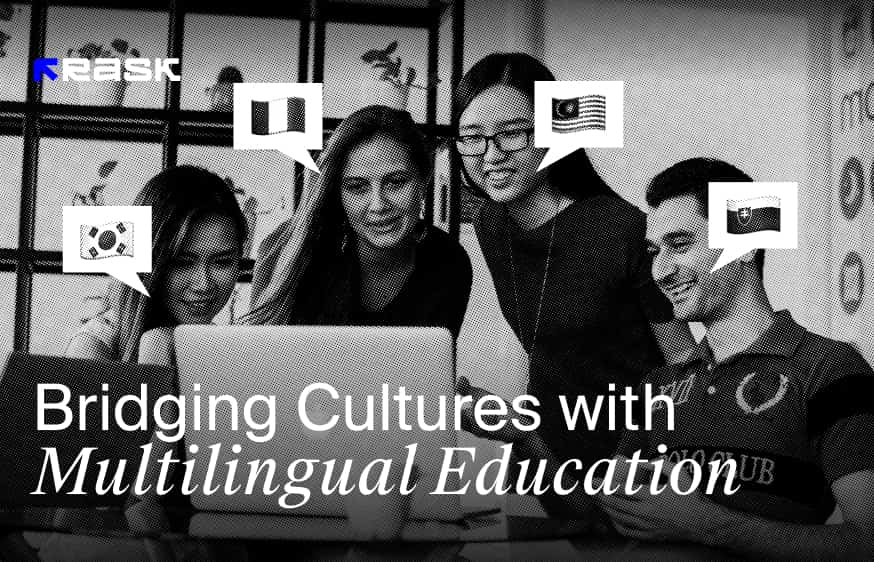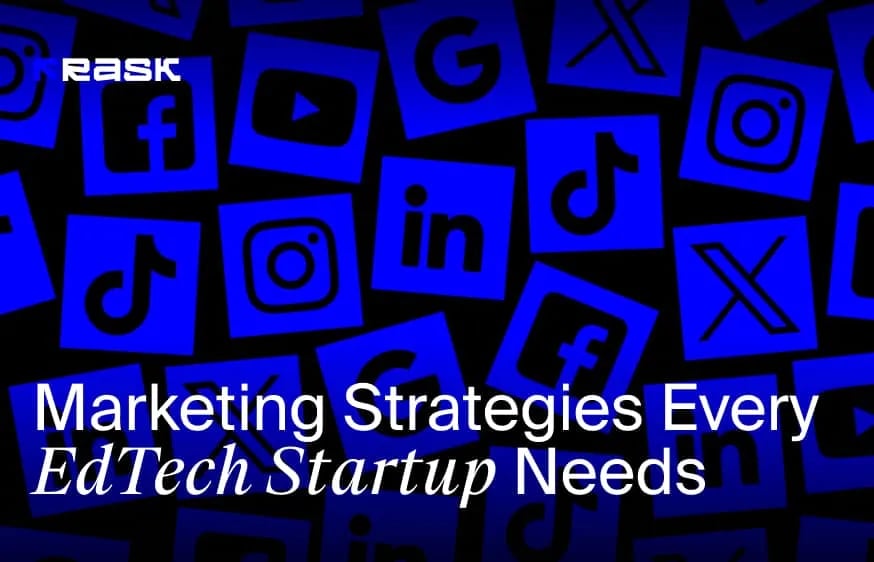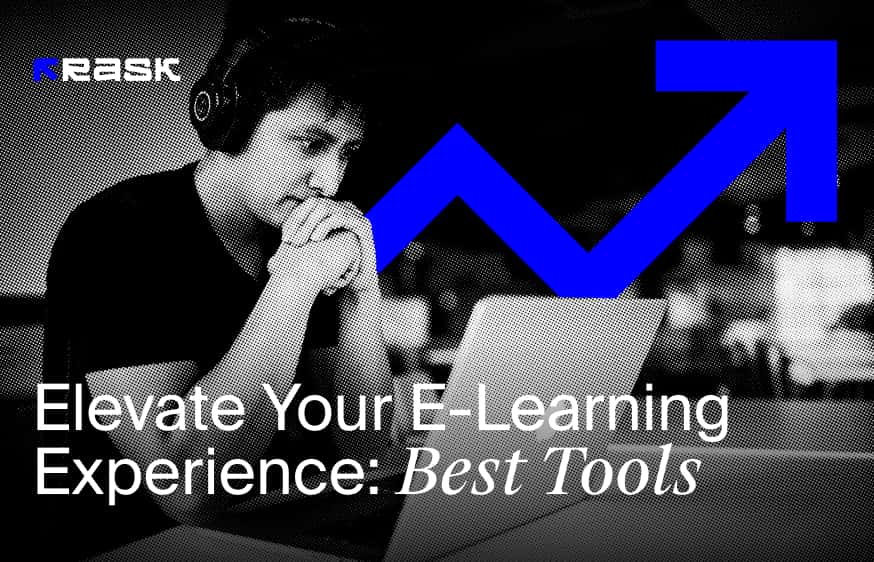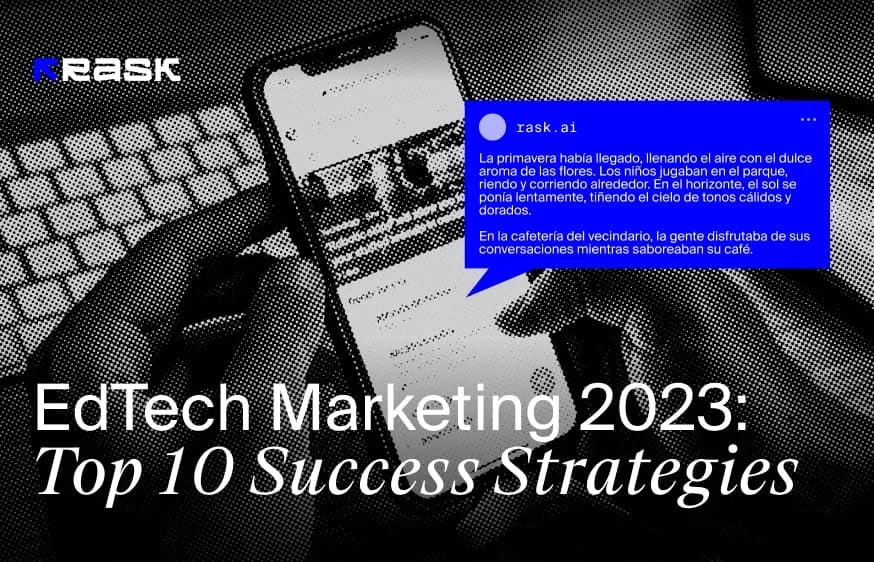AI-Powered Personalization in Education: Reality or Myth?
In the ever-evolving landscape of education, a new horizon is emerging, shaped by the groundbreaking advancements in Generative AI (Gen AI). As we stand at the cusp of a transformative era (the future is now!) It's essential to explore the multifaceted roles and potential impacts of Gen AI in reshaping how we learn, teach, and interact with the vast ocean of knowledge. This series of blog posts by Team Brask is dedicated to unveiling the myriad ways in which AI is not just enhancing but revolutionizing the educational sphere.
Brask Education emerges as a vanguard in redefining learning experiences. This transformation has been particularly critical in an educational system often regarded as archaic, primarily relying on the traditional approach of demonstration, practice, and comprehension. The integration of AI into educational systems is not just about adapting to individual learning styles; it's about creating a tailored educational journey that equips each learner with the tools they need to reach their goals. This personalized approach facilitates a more efficient and dynamic learning environment, ensuring that every student can thrive and excel, not by fitting into a predefined mold, but by having a unique learning pathway crafted to their needs and aspirations. Digital education, while changing the format, has largely perpetuated traditional methods, yet Brask seeks to break new ground.
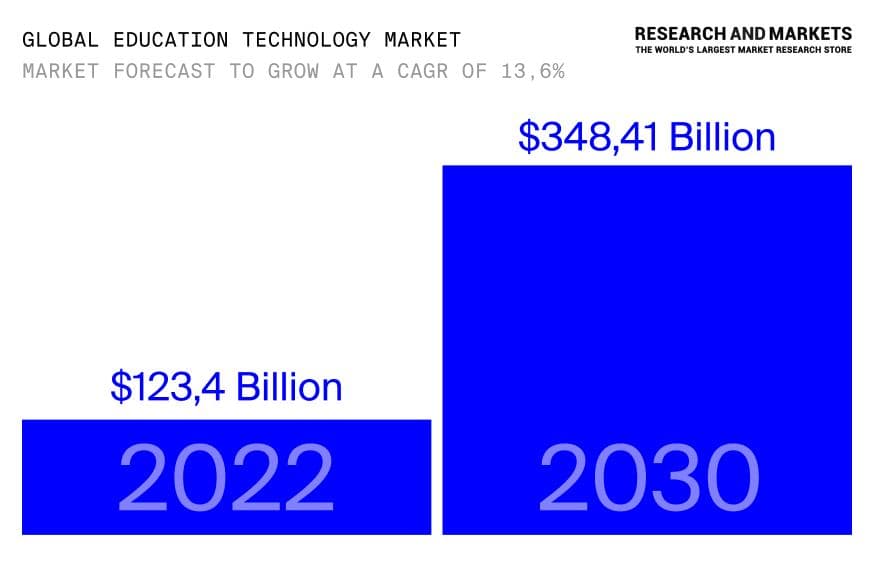
A study by McKinsey & Company reveals that AI-powered education technologies have the potential to reduce the achievement gap between high and low-performing students by up to 20%.
Empowering Content Creators: Focusing on What Matters Most
At the heart of Brask's mission lies a revolutionary concept: reshaping the educational landscape to revolve around the student, not the other way around. This approach acknowledges the uniqueness of every individual, embracing their distinct contexts, backgrounds, and learning styles. By prioritizing personalized learning paths, we empower students to navigate their educational journey in a way that resonates with their individuality. This student-centric model fosters a more engaging, effective, and inclusive learning environment, where education is not a one-size-fits-all solution, but a tailored experience that evolves with each learner.
The concept of 'personalization' in education — a term that, despite its popularity, has seen limited practical application. Brask distinguishes itself by not only embracing this concept but actualizing it in both online and offline realms. The company has recognized the potential for AI to not just mimic but enhance and individualize the learning journey. In the near future, we will present our plans for democratizing education around the world and will explore examples in the following articles of this series.

Pavel Loutsker, Chief Product Officer at Brask Education, outlines the company's dual-track approach to education.
Tailoring the Learning Journey: The Power of Personalization and Adaptation in Education
Beyond customization, Brask & Rask AI are also championing the democratization of education. By utilizing AI, Rask AI is creating an inclusive environment where learning tools are not just uniformly distributed but are also intuitively adaptive to the diverse needs of the global population. This approach negates the necessity for creating solutions targeted at specific segments, thereby broadening educational access.
Digital marketing is essential in helping EdTech platforms, particularly those focused on AI-driven translation and localization tools, reach and effectively serve teachers and students.
In a world with over 7100 languages, online education platforms only use about 9 on average, according to the Global EdTech Language Diversity Rankings 2023. This shows a big gap in language use online and asks us to think about how inclusive these platforms really are.
By addressing the language limitations in education, platforms like Brask and Rask AI are pioneering a shift towards inclusivity. Now, learners can access educational content in any language or dialect they prefer, breaking down traditional language barriers. This approach not only widens the audience but also deepens engagement and learning effectiveness, making education more accessible and personalized.
Explore the latest AI in education statistics to understand trends in the AI education market. Examine data on how people perceive AI-generated learning content compared to human-created materials. Learn how to use AI in education with input from 30+ experts and our AI tools overview.
Guiding Success: The Role of Support, Motivation, and Rapid Feedback in Education
The role of the traditional teacher in this new paradigm is not diminished but rather enhanced. Brask acknowledges the irreplaceable value of human educators, particularly in imparting soft skills during the crucial stages of early childhood education. However, they also address the economic challenge of relying solely on human resources for teaching. AI emerges as a cost-effective alternative, supplementing rather than supplanting the human touch in education.
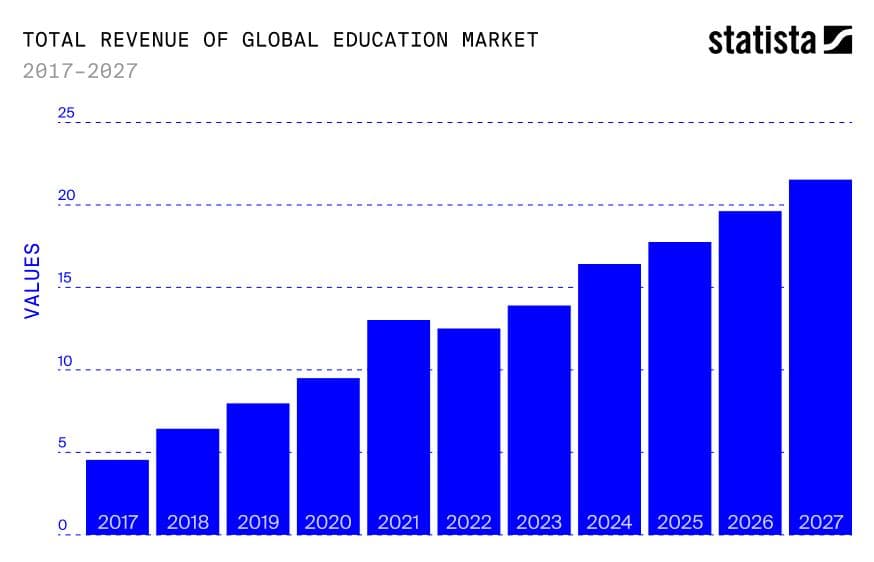
Total revenue is expected to show an annual growth rate (CAGR 2022-2027) of 11.66%, resulting in a projected market volume of US$10.71bn by 2027.
This innovative approach positions Brask and Rask AI not just as companies but as pioneers in the realm of educational technology, striving to make learning not only more accessible but also more resonant with the needs of a rapidly changing world. Their commitment to integrating advanced AI into educational practices marks a significant stride toward a more inclusive and adaptable learning environment.
Brask's Vision: Fostering an Environment Where Learning Effortlessly Merges with Daily Life
The push for modernization in education calls for the strategic integration of AI, a technology poised to make a significant impact. For example, consider the essential twenty-minute direct interaction with a teacher, a cornerstone of education particularly crucial for children and adolescents. This direct human interaction is irreplaceable, as it nurtures an educational setting that AI is not equipped to emulate.
According to the International Data Corporation (IDC), global spending on AR and VR in education is projected to reach $13.8 billion by 2023, underscoring the growing importance of immersive technologies in education. In addition to AI, the integration of virtual reality (VR) and augmented reality (AR) holds immense promise.
Nevertheless, AI holds the potential to play a transformative role in certain aspects of the learning journey. Consider, for instance, the realms of self-assessment and homework. Traditionally designed by educators, these areas can be revolutionized by AI's dynamic and interactive capabilities. AI's application in creating engaging, game-like scenarios or immersive learning experiences can significantly enhance comprehension and retention for students.
Revolutionizing Teaching: AI's Capability to Assume 90% of Educator's Administrative Work
Beyond the confines of the classroom, AI has the potential to significantly broaden the scope of a teacher's influence. It allows students to engage not only with their human teachers but also with AI-powered educational assistants, fostering an ongoing educational dialogue. The integration of AI into the educational framework aims not to replace the traditional teacher-student bond but to enrich and diversify the learning experience. This involves a harmonious blend of conventional teaching methods and cutting-edge technological advancements, tailored to the varied learning preferences and styles of students.
Contemplating the balance between human teachers and AI, it's conceivable that a large portion of conventional teaching roles, particularly those focused on administrative tasks, could be effectively handled by Generative AI. This does not undermine the importance of human educators but rather highlights that a significant number of current teaching roles are more administrative in nature. Generative AI can competently perform these administrative functions, potentially replacing up to 90% of these roles without detriment to educational outcomes. However, the remaining 10% of educators, those deeply involved in the teaching and mentoring process, are critically important. In this evolved educational model, technology acts as a co-pilot rather than a replacement.
This model is especially pertinent in the education of children up to 11-12 years old, where the presence of a live tutor is essential. For these young learners, the human element in teaching is irreplaceable, providing not just knowledge but also emotional support and guidance. AI in this context serves to enhance and support the educational process, offering personalized learning tools and resources, but it does not diminish the value of human interaction in early childhood education.
Exploring the 2023 Global EdTech Language Diversity Report by Rask AI: Unveiling the critical findings on language inclusivity in digital education, this report highlights the disparity between Siri's impressive 21-language repertoire and the average 9 languages offered by most educational platforms. Dive into this insightful analysis as we chart a path towards a more linguistically diverse EdTech landscape.
Rask AI is revolutionizing the educational landscape by enabling the translation of any educational video into over 130 languages. This transformative capability empowers educators to plan lessons that resonate with a diverse student body, engaging stakeholders across linguistic barriers. Additionally, Rask AI simplifies the collection and analysis of data, streamlining complex processes and making them more accessible.
For students with special needs, Rask AI offers the capability to create subtitles in multiple languages, ensuring inclusivity and accessibility for all learners. We are committed to integrating cutting-edge AI-powered solutions, tailored to personalize learning experiences, engage students more effectively, and optimize educational workflows.
Generative AI is revolutionizing the EdTech sector by automating the creation of routine educational content, such as practice questions and summaries. This shift allows educators and content creators to focus on more complex and unique aspects of teaching, such as developing critical thinking exercises and interactive learning experiences.
Pavel Loutsker, Chief Product Officer at Brask Education, offers a provocative stance on the integration of Generative AI within the sector. He suggests that the advent of AI in automating routine content creation marks a significant pivot, liberating educators to invest their talents in devising complex learning strategies and fostering critical thinking. Loutsker’s insights ignite a conversation on the very nature of educational content's originality. He posits that authenticity doesn't demand the material to be wholly novel. In his view, if a portion, say 20%, of the course embodies the unique insights and creative vision of the educator, it stands as a valuable contribution. The rest, often derivative or repurposed content, can be efficiently assembled with AI.
Loutsker's reflections invite us to reconsider some metrics for innovation in education, highlighting a shift in how learning experiences are designed and delivered. This notion of blending the creator's ingenuity with the prowess of AI could very well shape the future discourse on pedagogical creativity and technology’s role in it.
Looking ahead to 2024, we are excited to demonstrate these advancements in action, showcasing how technology can not only enhance education but also bridge gaps, connect cultures, and create a more inclusive learning environment for everyone.
If you're passionate about education and want to stay informed about the latest innovations from our team in this field, be sure to subscribe to our newsletter.




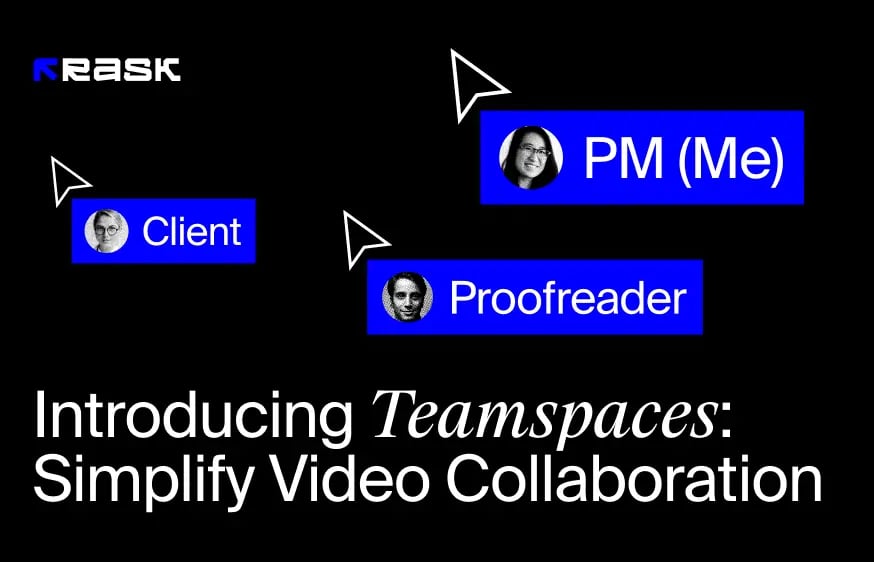
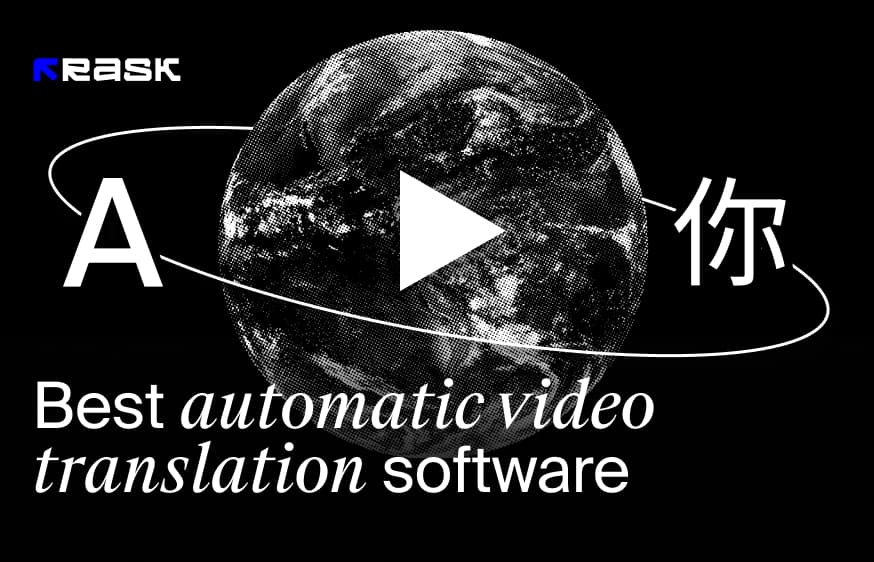
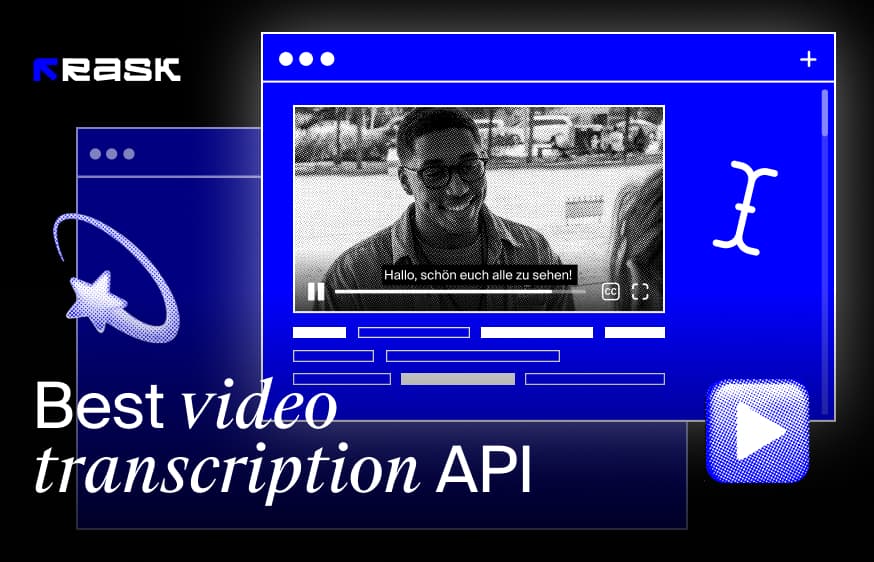
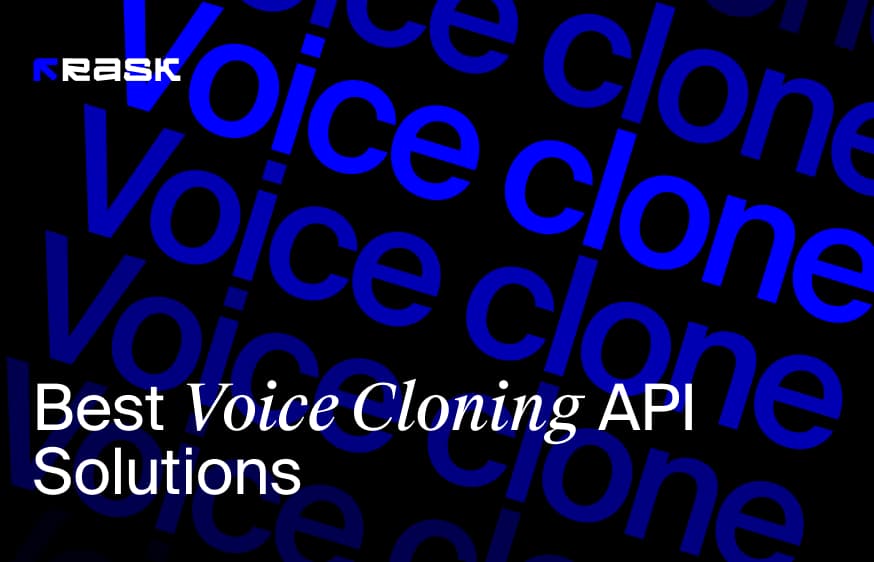
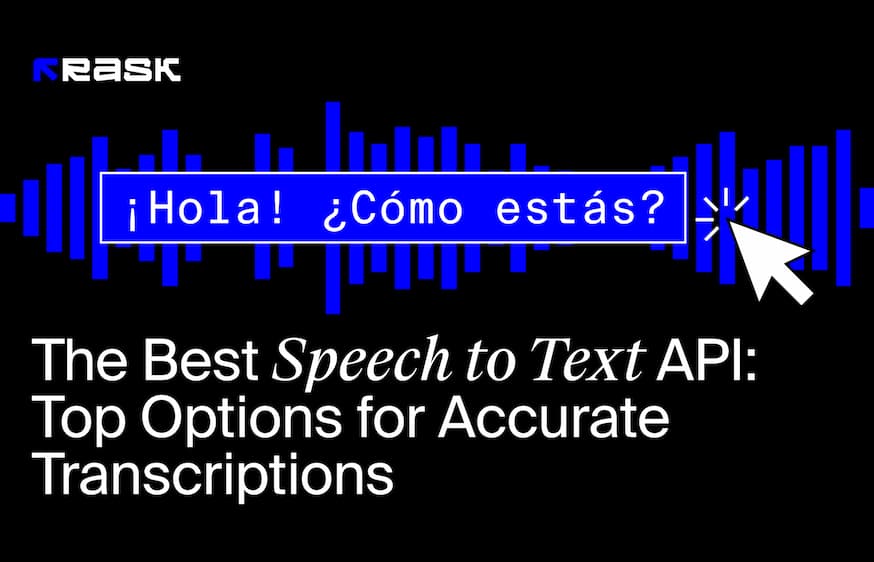
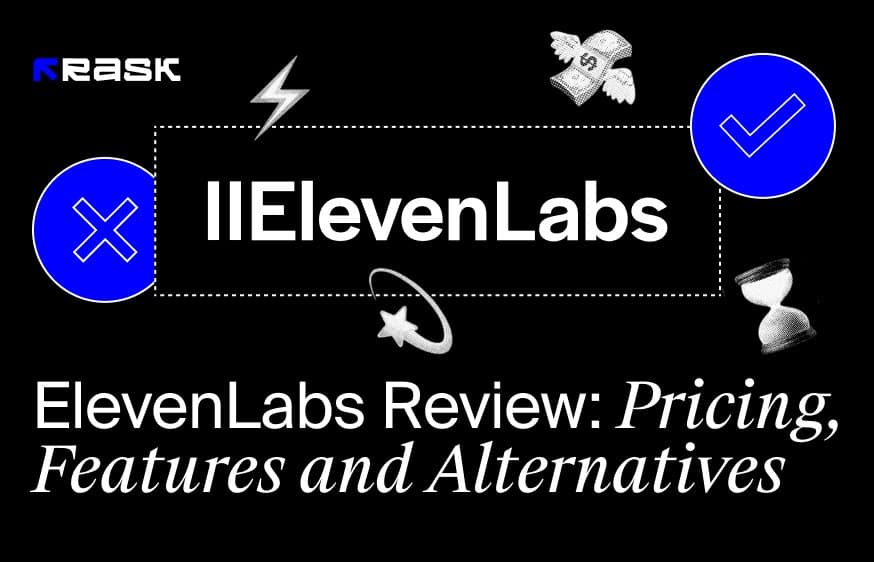
.jpg)
.webp)
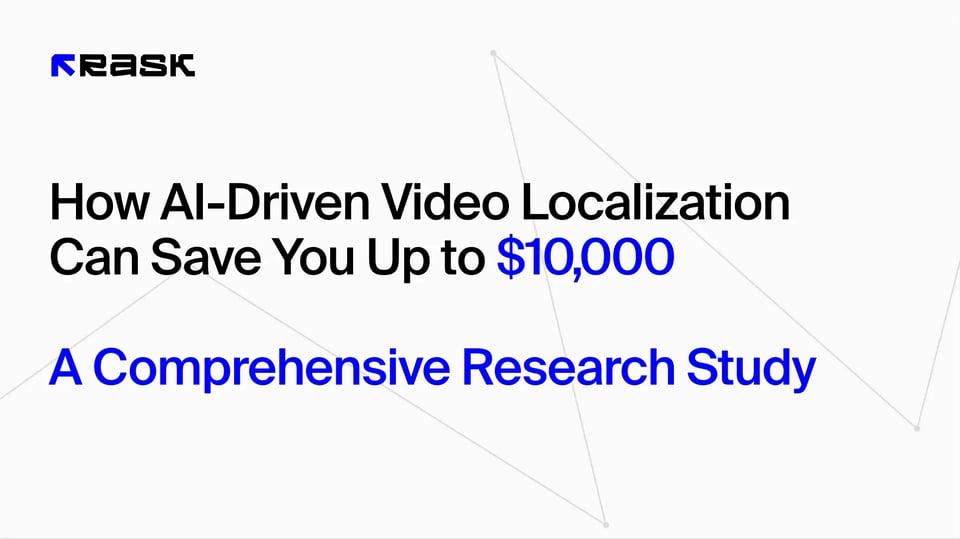
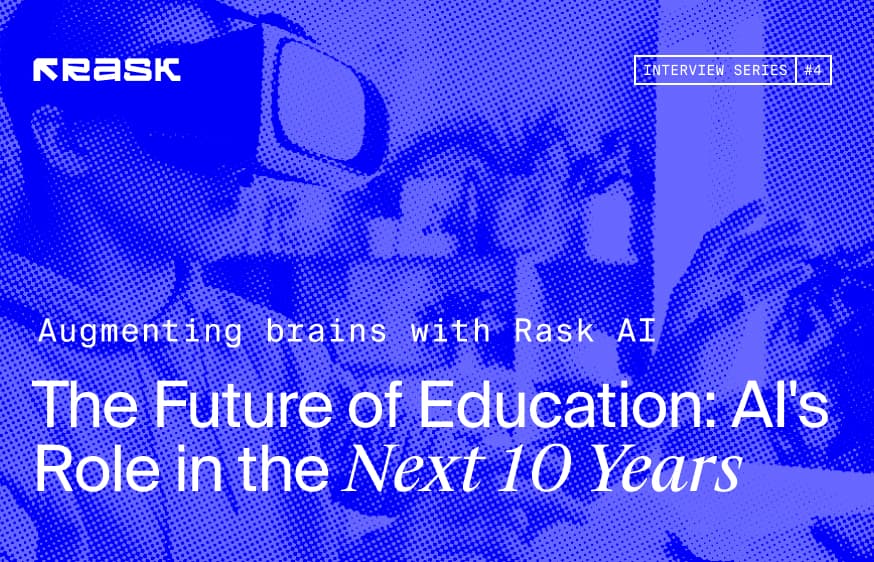
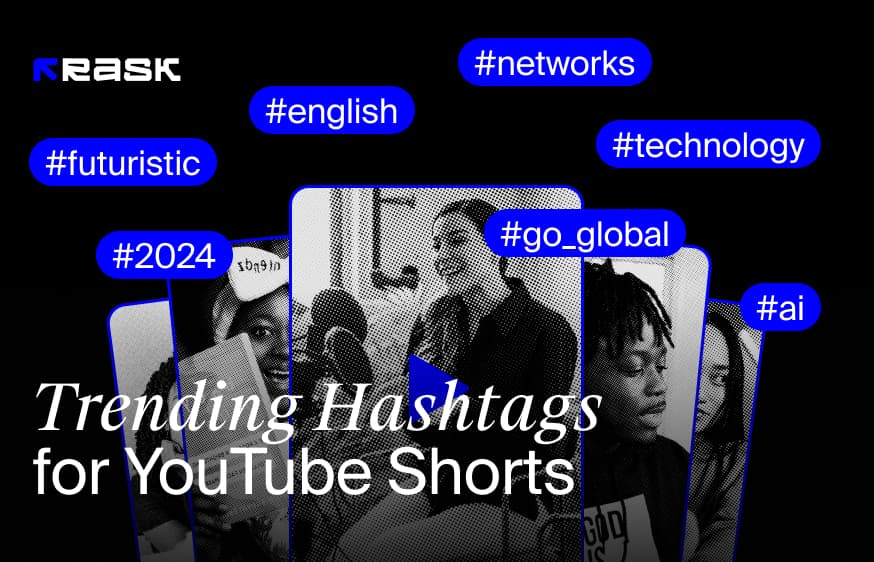
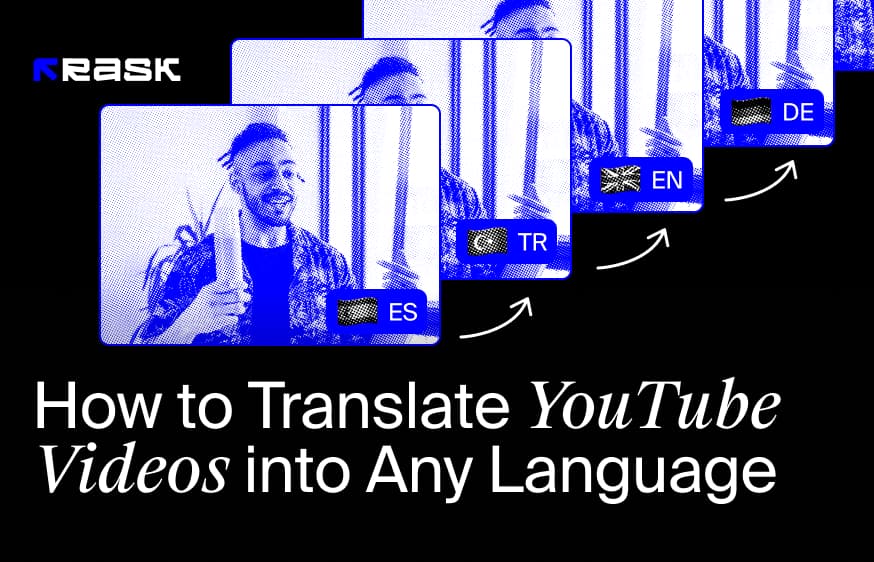
![8 Best Video Translator App for Content Creators [of 2024]](https://rask.ai/cdn-cgi/image/width=960,format=auto,fit=scale-down/https://cdn.prod.website-files.com/63d41bc99674c403e4a7cef7/6668a3dcd3175bd1d1c73c81_Best%20video%20translator%20apps%20cover.webp)
![Best AI Dubbing Software for Video Localization [of 2024]](https://rask.ai/cdn-cgi/image/width=960,format=auto,fit=scale-down/https://cdn.prod.website-files.com/63d41bc99674c403e4a7cef7/66685014f68137eb05c89c16_Cover.webp)

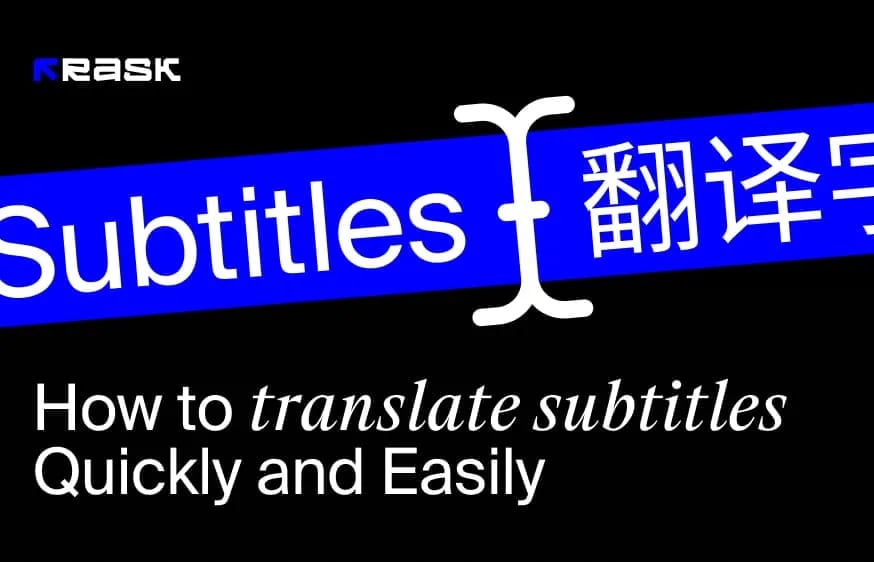
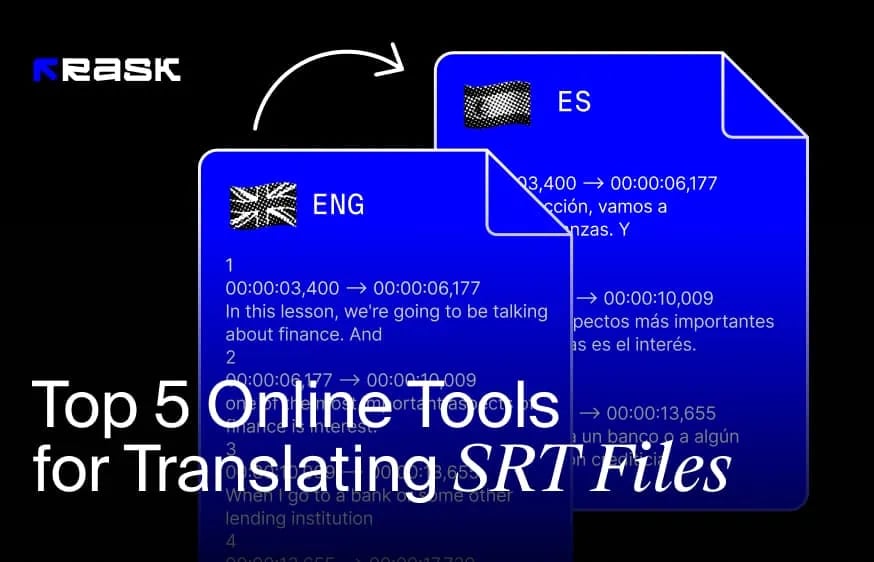
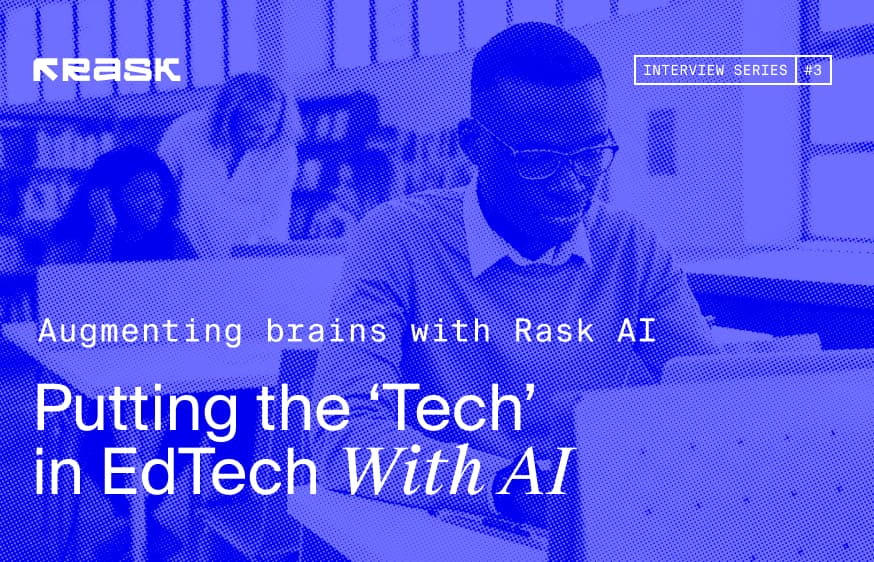
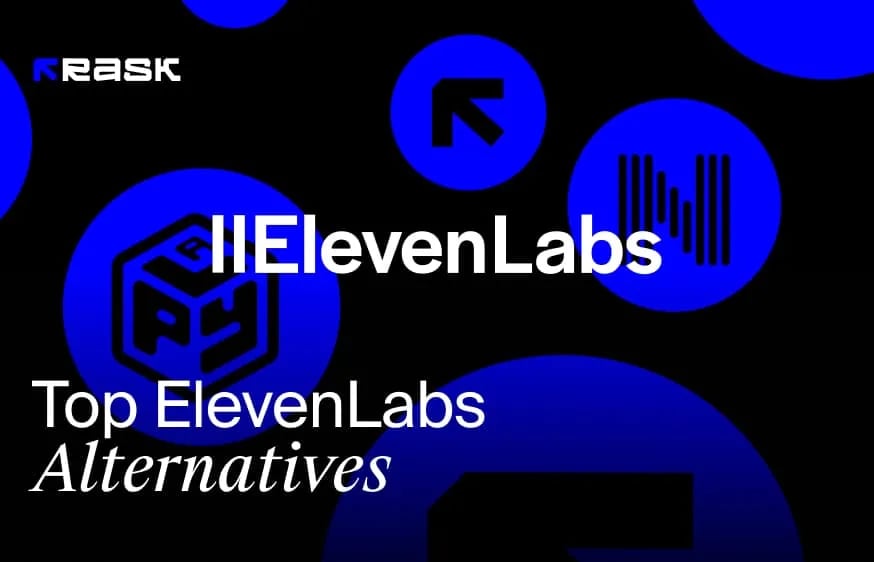
.webp)
